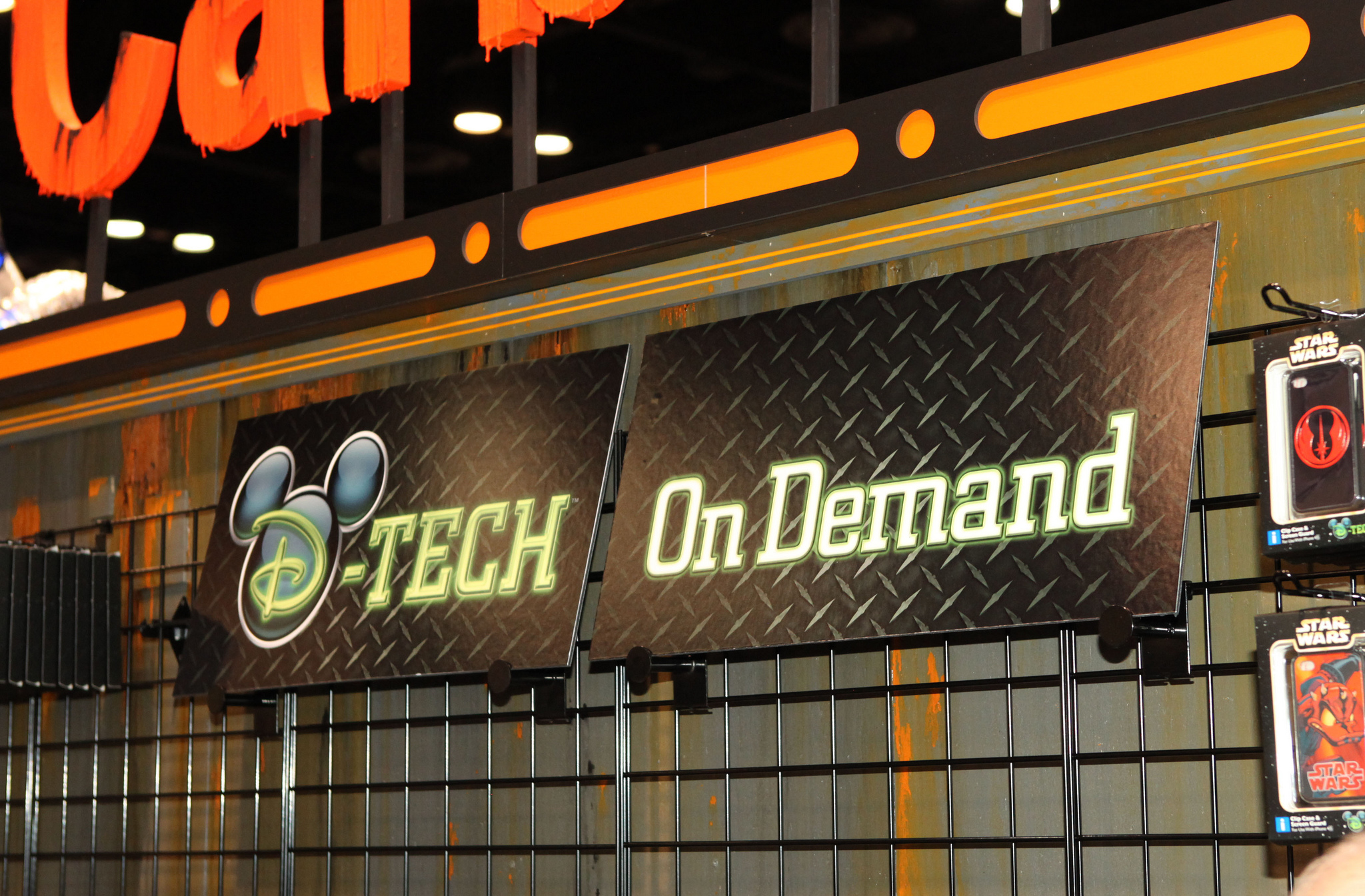Despite concerns over its business practices, Uber’s model has taken off, and more companies are following suit. Time is a valuable resource in today’s world, and this desire for immediacy is feeding the rapid growth of the on-demand economy.
These days, it’s possible to order just about anything online, from meals to beauty products to home visits from doctors. Some of these companies fall into the sharing economy category, while others are truly on demand — when and where you want them.
Sharing is based on a peer-to-peer offering of goods or products whenever they’re available (think Airbnb and Turo). These companies act as marketplaces and help users connect directly so they can make arrangements.
The on-demand economy, however, is about getting a good or service immediately, regardless of the source. With the push of a button, a company makes arrangements to take care of any and all of your needs.
Both models are rapidly changing the world, and both can provide services in a timely fashion. But for entrepreneurs and business leaders looking to expand, the most promising tracks lie under the umbrella of on-demand.
The Future of Demand
Here are a few trends to watch for with the on-demand economy heading into 2016:
- The Need for Speed
If a company can’t deliver fast, it simply won’t retain customers. On-demand economics are still so new that companies have to prove their value over the traditional methods they seek to replace. Why should people use Lyft or Uber when they can take a taxi? Is Instacart really that much more convenient?
To add value, many on-demand companies have begun to focus their efforts on immediacy. Lyft has been in the carpool business for years, but it’s developed a new method whereby customers who can’t wait 10 minutes for a match can choose a one-minute option instead. Efficiency is no longer enough; immediacy is not just desired — it has come to be expected.
- Detailed Data
Big data is everywhere, but because on-demand companies are entirely digital, every metric for success is trackable on a macro and micro level. Now that phones have GPS tracking, Uber can track when and where demands will spike, combatting driver shortages by charging a premium during those peak hours through surge pricing.
This data offers value to consumers as well. A person can see how close his food or ride is to reaching him, or check ratings on the quality of his supplier. The on-demand economy offers them full transparency. Considering the value of people’s time, knowing how long you’ll have to wait can make a big difference in the user experience.
- The New Normal
As more on-demand companies pop up, more people are becoming aware of the advantages that come with their services, and ultimately more people are engaging with them. Remember how crazy people thought Airbnb sounded when it was first introduced? Now, staying in a stranger’s house is generally accepted as a superior alternative to a hotel.
It’s only natural to want goods delivered more promptly and to want that type of service to be applied to all aspects of life. Why would anyone want to wait a day if they can get something in an hour or even a minute?
One of the biggest indicators that this economy will continue to accelerate into 2016 is the change within the (generally slow-to-adapt) government. People can now sign up for healthcare online; in California, they can even register to vote with the click of a mouse. If the U.S. government is even getting on board with the model, it’s clear the on-demand economy is ready to settle in for the masses.
Winning the On-Demand Game
So how can entrepreneurs succeed in this new economy? Here are a few tips:
- Narrow your target. Capturing a larger share of the market may potentially mean more revenue, but it’s often more effective to focus on a smaller target audience. You can hone in more precisely on what a smaller audience wants. Once you’ve figured that out, you can see if and how your product or service can meet those demands.
- Hire a local team. Someone who knows the local market can help identify what works, what doesn’t, and any other unique insight about that specific location and industry without as much trial and error. Local professionals are in a better position to listen and to understand people’s needs. The alternative is to hire a research team to help guide your decision-making process, but that, too, would cost you valuable time and resources.
- Pay attention to technological developments. Be on the lookout for new innovations in the public sphere to see if they might help your company stay efficient. For example, GPS tracking in phones makes the user process easier for companies that need to know a person’s location, like ride-sharing or delivery services. While the potential benefits to your company might not be obvious, there can always be surprise opportunities for innovation.
The on-demand economy is still new, so opportunities for growth and development are seemingly endless. If you ignore this economic shift, you’ll undoubtedly miss out on those opportunities. But by embracing the change, you’ll find ways to start or expand a new project consumers will love.
Image credit: CC by Sam Howzit



